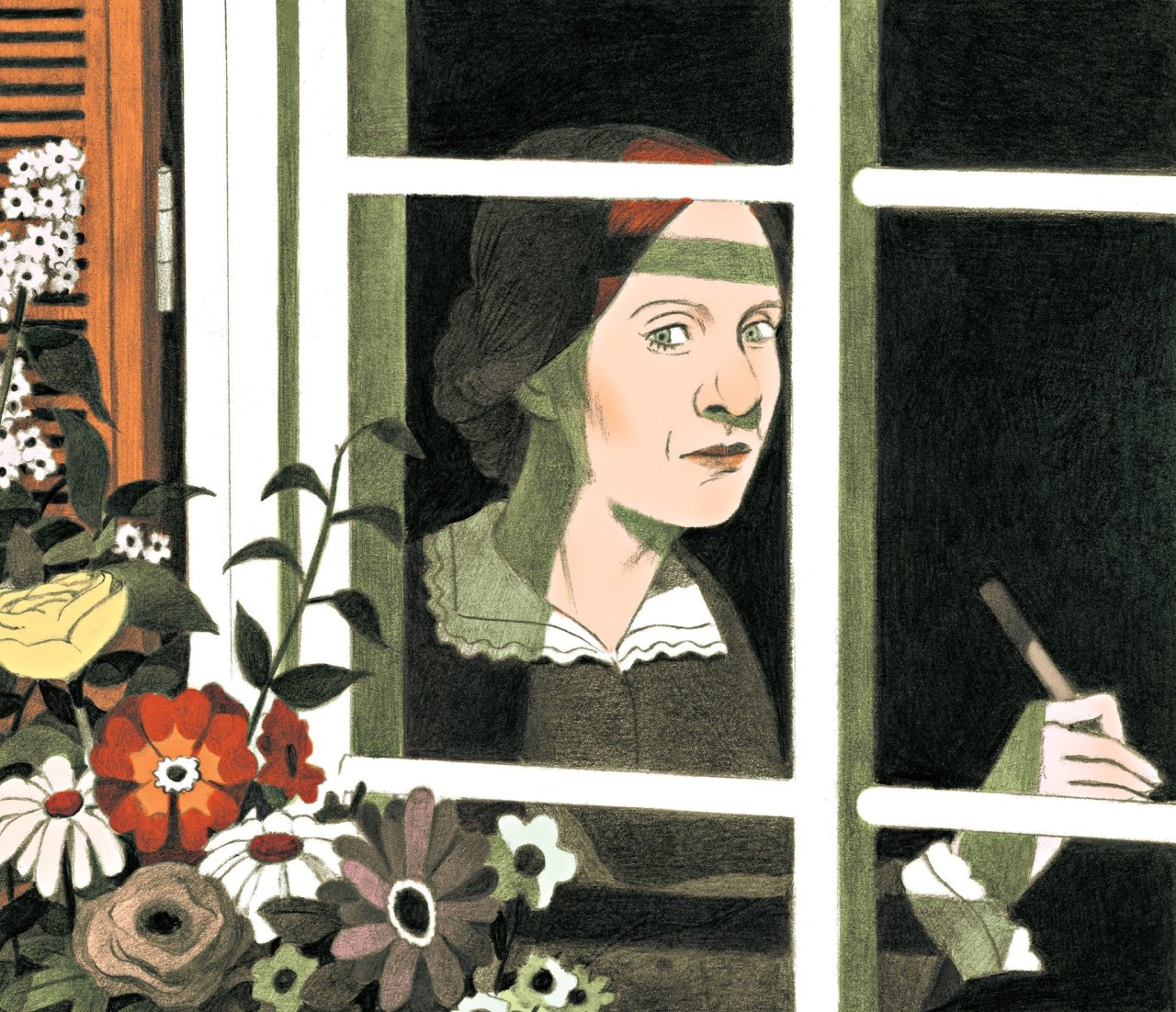In our recent explorations of modernism, the poem which resonated with me the most was The Great Figure by William Carlos Williams. The genius of this poem lies in Willams’ ability to combine imagism and the power of description to capture extremely visual urban landscape in this free verse poem.
The poem reads:
Among the rain
and lights
I saw the figure 5
in gold
on a red
firetruck
moving
tense
unheeded
to gong clangs
siren howls
and wheels rumbling
through the dark city.
With emphasis on the ornate gold numerical figure ‘5’ at the heart of the poem, it is offset against the dynamic contrasting colour red of the fire truck and also the reference to light and depicts the familiarity of chaos and frenzy of modern urban civilization. The tension, speed and movement within the poem creates a sense of drama and action to express a unique perspective and experience when encountering a familiar object, even if it is only present momentarily.
This poem captures the atmosphere of a particular moment in time and the instantaneous impression of the fire engine creates a sense from admiration to fear, distress to relief. Although this poem doesn’t hinge on an emotional response it does highly appeal to the imagination and scenes.
My connection with this poem was amplified when observing the artwork I Saw the Figure 5 in Gold by Charles Demuth, 1928. The artwork truly reflects the bold and vibrant visual elements as described by Willams. The bold gold five repeated three times which gets progressively smaller moving away as though it was moving away from the viewer, contrasted with the red fire truck in abstracted forms illustrates speed and movement through the streets of New York City. The monochromatic tones encapsulating the darkness of night and the noise of the city amongst the rain.
Unlike traditional poetry, I felt it captures the scene and atmosphere of its unconventional subject matter and captures the development of writing and poetry in connection with modernism and this is why it resonated with me the most.
Work Cited
Image sourced https://michaelgriffith1.com/2017/09/22/american-modernism/


